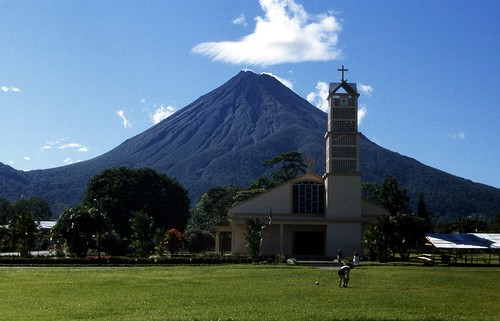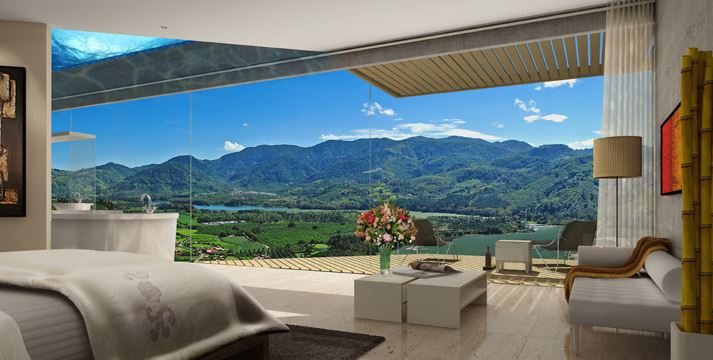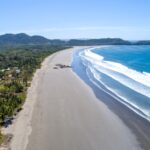Is it really safe to live in the Lake Arenal area?
Every year thousands of tourists flock to Lake Arenal. This perfect cone-shaped Arenal Volcano is one of the main attractions in addition to a whole gamut of adventure sports and numerous hot springs. When there are no clouds, the volcano is an imposing and breathtaking sight rising high above the neighboring landscape. It is not surprising, therefore, that many retired expats move to this area because of the spectacular scenery. However, few know that in 1968 the volcano blew its top and wreaked havoc. Since then there has been some minor volcanic activity and several incidents leading to the deaths of a few careless individuals. Despite the warnings clearly posted on signs, some people have ventured too close to the top of the cone and were killed by clouds of hot gas emanating from the crater.

Fifty years ago on July 29, 1968 at 7:30 am in the morning, the Arenal Volcano blew its stack with such force that in killed 89 people and caused widespread destruction in the northern part of the country. This was the first in a series of eruptions that took place in the days that followed. On July 30, 1968 the mountain erupted again with even more force. Over 1000 people in nearby towns like Tilarán and Cañas had to be evacuated. Large rocks were hurled miles away. To make matters worse it is estimated that over a million tons of ash fell from the sky depositing a layer at least two inches thick on the ground.
Scientists who study volcanoes are called vulcanologists (vulcanólogo in Spanish). By analyzing the sediment they concluded that even larger eruptions happened in the Arenal’s geological past, with the last one around 500 years ago. The big question is, Could a similar eruption occur in the future? Yes. Scientists concluded that an eruption the same size or a larger could happen again, but they cannot predict exactly when. Erroneously many think that the Arenal Volcano is dormant because there hasn’t been a large eruption since 1968 and no sizable activity since 2010. However, experts agree that El Coloso (a nickname for volcanos in Costa Rica) is still alive and kicking (active) and that there is no guarantee that there will not be future eruptions.
I would not let the potential danger of a volcanic eruption spoil your dream of living near this beautiful area. Worrying about volcanic eruptions is like worrying about when an earthquake is going to happen.
Most expats who have settled in the area can be found in the towns of Tilarán, Tronador, Nuevo Arenal and La Fortuna. The lake is beautiful but is subject to strong winds and at times cold and rainy weather. I have also noticed that there are no beaches along its shoreline. I have visited when the weather has been perfect and at other times when it left a lot to be desired. For those who are interested in nightlife, it is virtually non-existent. On several occasions, I have spent the night in the Tilarán and it seems like the sidewalks are rolled up in the evening. So, taking the aforementioned into consideration,I strongly believe that this area is more suitable for laid-back types in search of a bucolic lifestyle. There are a few good restaurants scattered around the lake with better-than-average food. For instance, in the town of Nuevo Arenal (New Arenal), there are a couple of good bakeries. Old Arenal is considered to be the equivalent of Costa Rica’s Atlantis since it was intentionally flooded when the artificial lake was created and is now underwater.

The Lake Arenal area is isolated and private medical care is scarce, but there is a relatively-new public hospital located between Tilarán and Cañas. As I have alluded to on many occasions, access to good medical care is paramount when choosing where to live in Costa Rica. It can be the difference between life and death.



